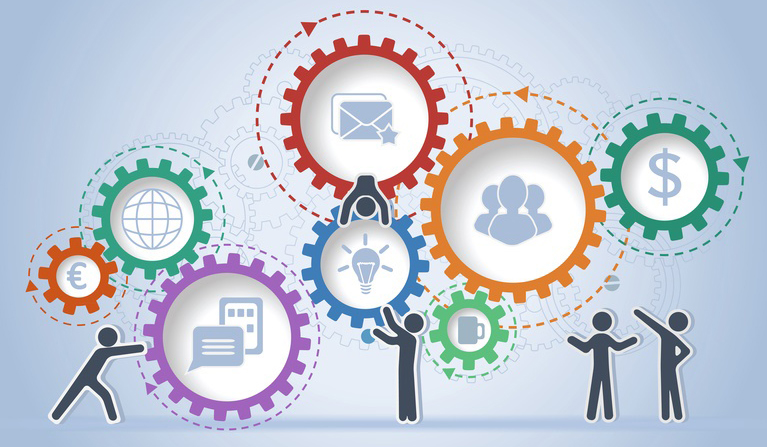One of the relatively new marketing concepts, apparently very popular lately, is marketing automation. In a nutshell, it refers to a specific software with the purpose of automating marketing actions, which otherwise would require a lot of time and manual labor in order to be completed.
Of course, the definition presented above is just one of many, as, according to the folks over QuickSprout, plenty more were given.
You do know those moments when you need to send a ton of emails, post updates on multiple social media pages or make the same changes on your websites? Well, this is where marketing automation comes in, making everything way easier. Basically, you will be able to create a whole sales ecosystem.
Sounds good, right? I mean, who doesn’t want to sit back all day long and have all the marketing tasks done?
The whole idea behind using marketing automation for your business is to allow companies to buy and sell like some of the biggest retailers, like Amazon, for example, do. To be more specific, they want to be able to exploit prospects, using highly personalized content, transforming them into customers and customers into delighted customers, always looking forward to get back to you and buy again.
This scenario presented above is pretty much the ideal, as it can generate a pretty nice amount of revenue for companies, alongside providing an excellent ROI. Still, it doesn’t always happen like this.
In order to generate revenue, you need to drive traffic to your website, convert that traffic into leads and finally close those leads into customers. Where marketing automation is ready to make a different is the conversion and, of course, closure stages of this whole process.
Ok, but there’s still one question left – a pretty big one, that is – how to use marketing automation?
In order to better explain this, we’ll refer to one of the most common marketing instruments: email. Most marketers rely on it, sending a lot of email to big lists of prospects and customers, hoping that their message will resonate with some of them and make them purchase. But we all know that this doesn’t always work.
With marketing automation, here’s how this whole process will look like:
- Your message is sent to a group of targeted subscribers, promoting your latest ebook.
- All of those who downloaded the ebook will also receive a “Thank you” note.
- A few days later, you can send a follow-up email to those who downloaded the ebook, offering them the chance to read a study you recently made, on the same topic as the ebook.
- And finally, when someone downloads the case study as well, your sales team gets in contact with them. I mean, let’s be serious, this person is definitely willing to buy something, right?
Considering the example given above, imagine you are the one receiving such emails over a general one all subscribers receive? We bet you do, as it makes a company much more trustworthy.
And there you have it, ladies and gentlemen, a simple situation in which marketing automation works.
Remember, if you’re planning to integrate it in your business, make sure you connect the process with your inbound marketing strategy, send highly-targeted content and set up customer engagement campaigns, in order to maintain your customers happy. Because your clients are the most important and you want to have them come back for more!

